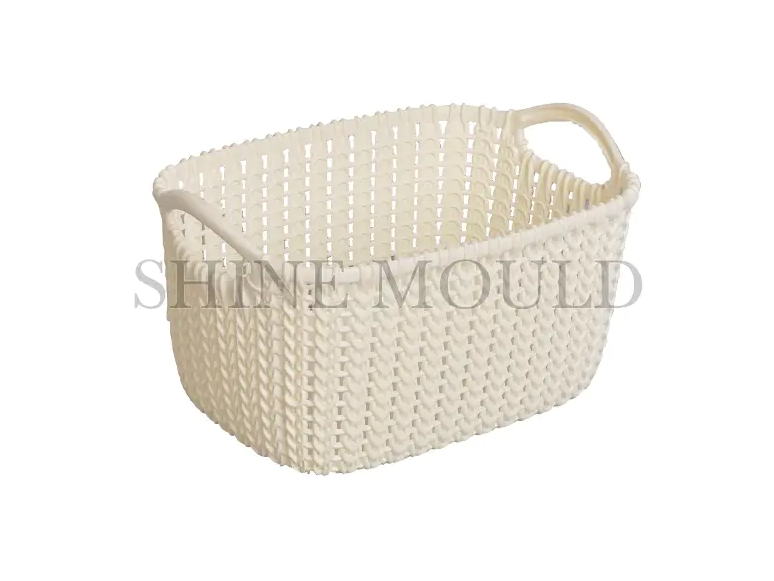Introduction to Wall Thickness in Basket Moulds
The design of a Basket Mould significantly influences the quality and uniformity of the final product. Among the various design factors, wall thickness plays a critical role. Variations in wall thickness can affect heat transfer, material flow, and cooling rates, all of which directly influence the consistency of product thickness. Understanding the relationship between mould wall thickness and product uniformity is essential for achieving high-quality manufacturing outcomes.
Effect of Wall Thickness on Material Flow
During the molding process, the molten or pliable material fills the cavity of the Basket Mould. If the mould walls are uneven or inconsistently thick, material may flow faster in some areas and slower in others. Thicker sections can act as thermal reservoirs, slowing the cooling process and potentially causing localized shrinkage or deformation—conversely, thinner sections cool more rapidly, which can lead to warping or uneven thickness. Properly balanced wall thickness helps ensure uniform material flow and consistent product geometry.
Heat Transfer and Cooling Rates
Wall thickness directly influences heat transfer between the Basket Mould and the product. Thicker mould sections may retain heat longer, delaying solidification in those areas. This uneven cooling can create variations in product thickness and even lead to internal stresses. Thinner sections, on the other hand, dissipate heat quickly, potentially causing faster solidification and resulting in non-uniform wall thickness. Optimizing wall thickness ensures more uniform cooling, leading to products with consistent dimensions and reduced defects.
Mechanical Stability and Mould Performance
The structural integrity of a Basket Mould is also affected by wall thickness. Thinner walls may be prone to deformation under pressure or repeated use, which can compromise product uniformity over time. Thicker walls provide greater mechanical stability, ensuring that the mould maintains its shape during high-pressure or high-volume production. Balancing mechanical strength with thermal performance is key to achieving reliable and uniform products.
Design Considerations for Uniform Products
When designing a Basket Mould, engineers must carefully consider the distribution of wall thickness throughout the cavity. Uniform wall thickness generally results in more consistent product thickness, a better surface finish, and fewer defects. In cases where varying wall thickness is necessary for functional or aesthetic reasons, compensatory design features such as controlled cooling channels or adjusted injection pressures may be employed to maintain uniformity.
Conclusion
In conclusion, the wall thickness of a Basket Mould plays a crucial role in determining product thickness uniformity. Uneven or improperly designed wall thickness can result in material flow inconsistencies, uneven cooling, and mechanical deformation, all of which compromise the final product. By carefully designing and optimizing wall thickness, manufacturers can improve product consistency, reduce defects, and enhance overall quality. Understanding these principles allows for more efficient production and reliable outcomes across a wide range of applications.
Brand: SHINE
Place of Origin: Huangyan, China
Material: Plastic
Advantage: OEM Is Available
Supply Ability: About 100 Sets Per Month
Mold Material:NAK80,S136,H13,718H,P20, etc.
Plastic Material: PP, PC, PS, POM, PE, PU, PVC, ABS, PMMA, etc.
Color: Customized
Size: Customized
Packin: Poly Wood Box



